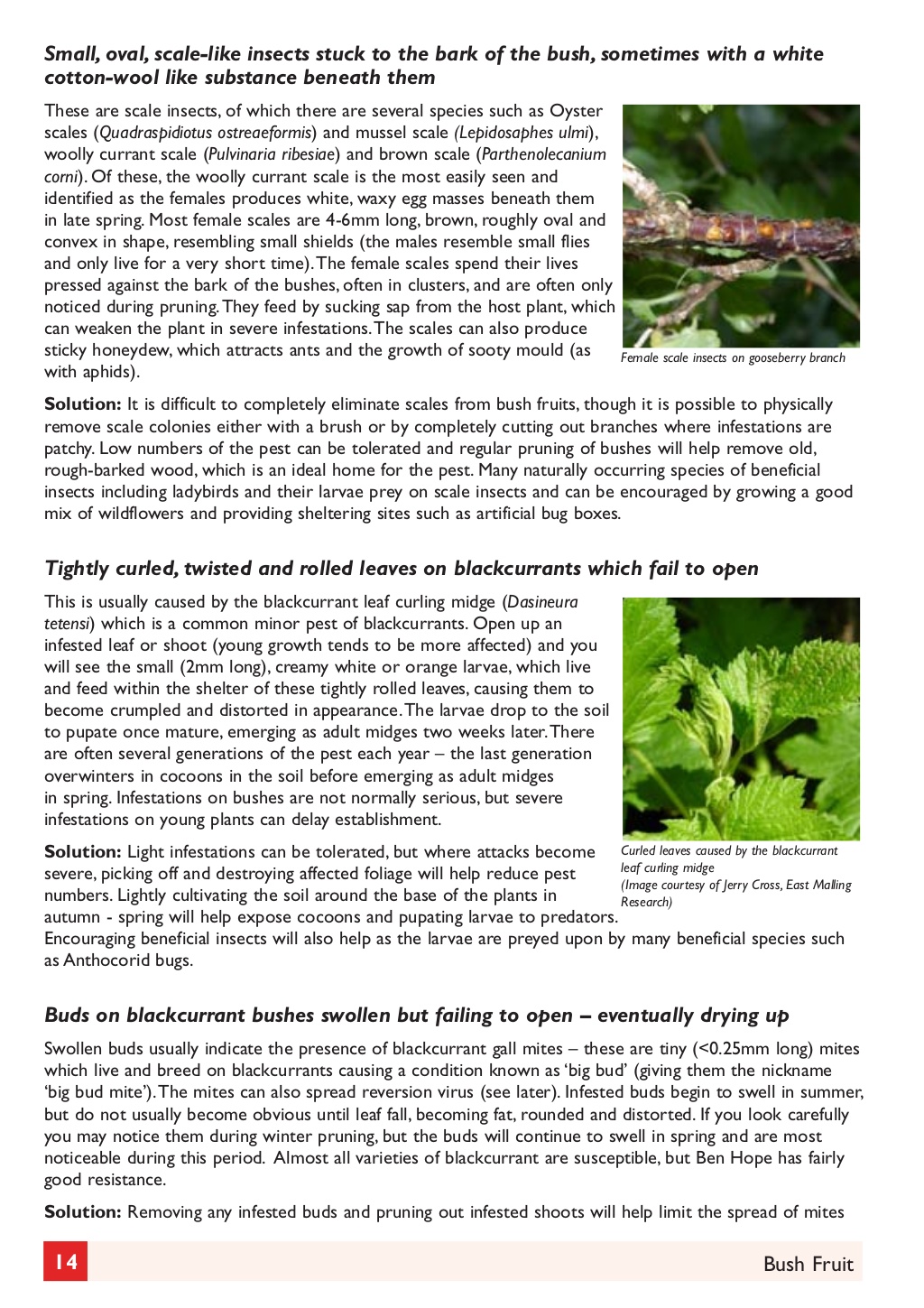Gooseberry
A large berry grown in Northern Europe, has a smooth or furry green, yellow, red or white skin and a tart flavor, available dried or fresh and is used in preserves and baked goods.
History of Gooseberry
How to Grow Gooseberry
Structure of Gooseberry

How to Cook
Gooseberries are edible and can be eaten as-is, or used as an ingredient in desserts, such as pies, fools and crumbles. Early pickings are generally sour and more appropriate for culinary use. They are also used to flavor beverages such as sodas, flavored waters, or milk, and can be made into fruit wines and teas. Gooseberries can be preserved in the form of jams, dried fruit, or as the primary or a secondary ingredient in pickling, or stored in sugar syrup.
Note
*A fool is an English dessert. Traditionally, fruit fool is made by folding pureed stewed fruit (classically gooseberries) into sweet custard. Modern fool recipes often skip the traditional custard and use whipped cream. Additionally, a flavoring agent like rose water may be added.
@
A large berry grown in Northern Europe, has a smooth or furry green, yellow, red or white skin and a tart flavor, available dried or fresh and is used in preserves and baked goods.
History of Gooseberry
The "goose" in "gooseberry" has usually been seen as a corruption of either the Dutch word kruisbes or the allied German Krausbeere, or of the earlier forms of the French groseille. Alternatively the word has been connected to the Middle High German krus (curl, crisped), in Latin as grossularia. However, the Oxford English Dictionary takes the obvious derivation from goose and berry as probable because "the grounds on which plants and fruits have received names associating them with animals are so often inexplicable that the inappropriateness in the meaning does not necessarily give good grounds for believing that the word is an etymological corruption". It is also perhaps worth noting that the French for gooseberry is groseille à maquereau translated as "mackerel berries", due to their use in a sauce for mackerel in old French cuisine.
It is also possible that it might be a corruption of "goods berry" (since that is what the Old English fēāberige literally means - see above in 'Distribution'), although what connection there may be to 'goods' is no longer known.
"Gooseberry bush" was 19th-century slang for pubic hair, and from this comes the saying that babies are "born under a gooseberry bush".
The specific epithet uva-crispa literally means "curved grape".
How to Grow Gooseberry
Structure of Gooseberry

How to Cook
Gooseberries are edible and can be eaten as-is, or used as an ingredient in desserts, such as pies, fools and crumbles. Early pickings are generally sour and more appropriate for culinary use. They are also used to flavor beverages such as sodas, flavored waters, or milk, and can be made into fruit wines and teas. Gooseberries can be preserved in the form of jams, dried fruit, or as the primary or a secondary ingredient in pickling, or stored in sugar syrup.
Note
*A fool is an English dessert. Traditionally, fruit fool is made by folding pureed stewed fruit (classically gooseberries) into sweet custard. Modern fool recipes often skip the traditional custard and use whipped cream. Additionally, a flavoring agent like rose water may be added.
Sources
@ Webster's New World Dictionary of Culinary Arts by Steven Labensky, Gaye G. Ingram, Sarah R.Labensky
@ https://www.slideshare.net/pd81xz/school-208-31644423
















Comments
Post a Comment